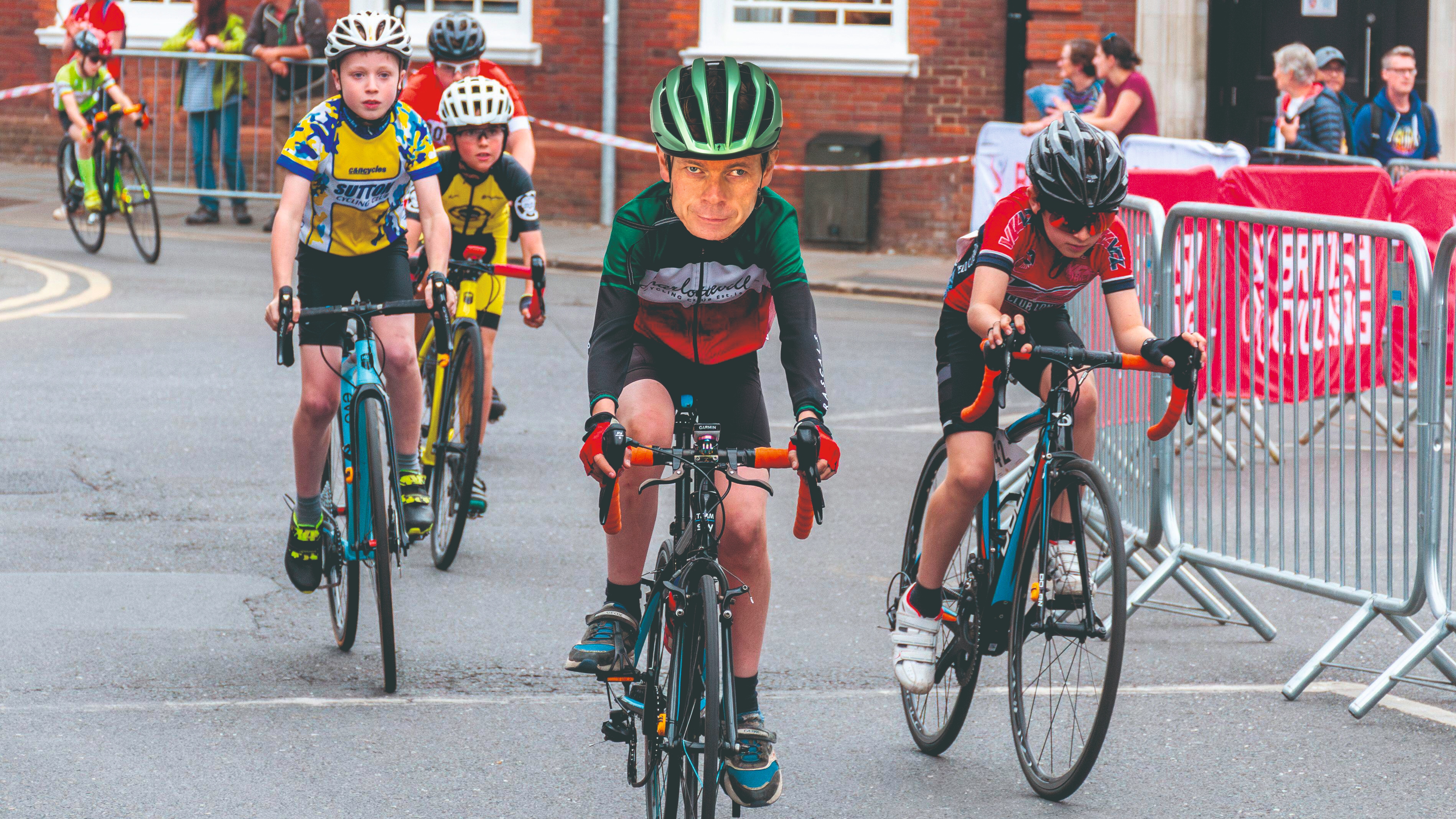
One of my prouder moments in cycling was the first time I won a race that was big enough to rank a mention in Cycling Weekly print magazine. I can’t remember the name of the race, but I know it was in Essex, and from the report I very clearly remember the phrase, “… was won by in-form Michael Hutchinson”.
I remember it because “in-form” in this context is code. It meant that Graham Snowdon, who wrote the report in question, had no idea who I was. I was an unfamiliar name, I’d beaten the guy who was expected to win, so the only explanation was that I had “good form”. There was the strong implication that as soon as this mercurial blessing from the cycling gods had passed, I’d sink back into obscurity and Graham (a lovely man, by the way) could continue to compile race reports without ever needing to know anything more about me other than that my name was easy to spell.
You used to hear a lot more about form than you do now, not least in the phrase, “Form is temporary, class is permanent,” which was not an aphorism dreamed up by someone who was winning much at the time. Hence you’d score a decent win somewhere, and one of the old lags would sidle up to you afterwards and say, “You’ve got some good form at the moment.” It had an air of mafioso threat about it. “That’s a great FTP you’ve got there. Enjoy it while you still can.”
I think the reason that “form” is so much less prominent now is that it was most often used to signal something that was close to luck. In the current era, we like to believe we’ve driven the luck out of training and racing. If someone wins a race now, knowing some power numbers from a few riders, even if it doesn’t include the winner, allows you to work out what’s going on. But back in the dark ages, when all you had to go on was a result or two, it was much more difficult.
When a rival had form, you cursed them and hoped it wouldn’t last. If it was you that had form, it was much more difficult. You’d win a few races you didn’t quite expect to and start wondering if it was form or if this was in fact a whole new you. Maybe, finally, you’d gained that 30 watts you’d been sweating over all these years, and now you’d never have to give them back.
Then, of course, it would go away, and you’d be back to the previous you, finishing down the field and wondering what had happened. People drove themselves crazy trying to recreate form that seemed to have come from nowhere. They combed through training diaries looking for clues. Riders had key sessions that had little to do with physiology and much to do with religious observance. One miracle was enough to drive a lifetime of conviction.
For example, my friend Bernard set a blinding personal best the very day after he’d ridden from Cambridge to Canterbury and back to watch the Tour de France. For 10 years afterwards, he would repeat this pilgrimage before a big race. Obviously it never worked again, but he remained convinced it was the “other” nine repetitions of this 200-mile recovery ride that were the outlier results.
We’ve lost all of this now. If you monitor your fitness with the current tech, you realise that nothing weird ever really happens. You get fit. You get less fit. But the VO2 max fairy doesn’t exist. If you want to go faster you probably ought to do something to deserve it. But I’ll say this much; it was a lot more fun when we had no idea what was going on.







